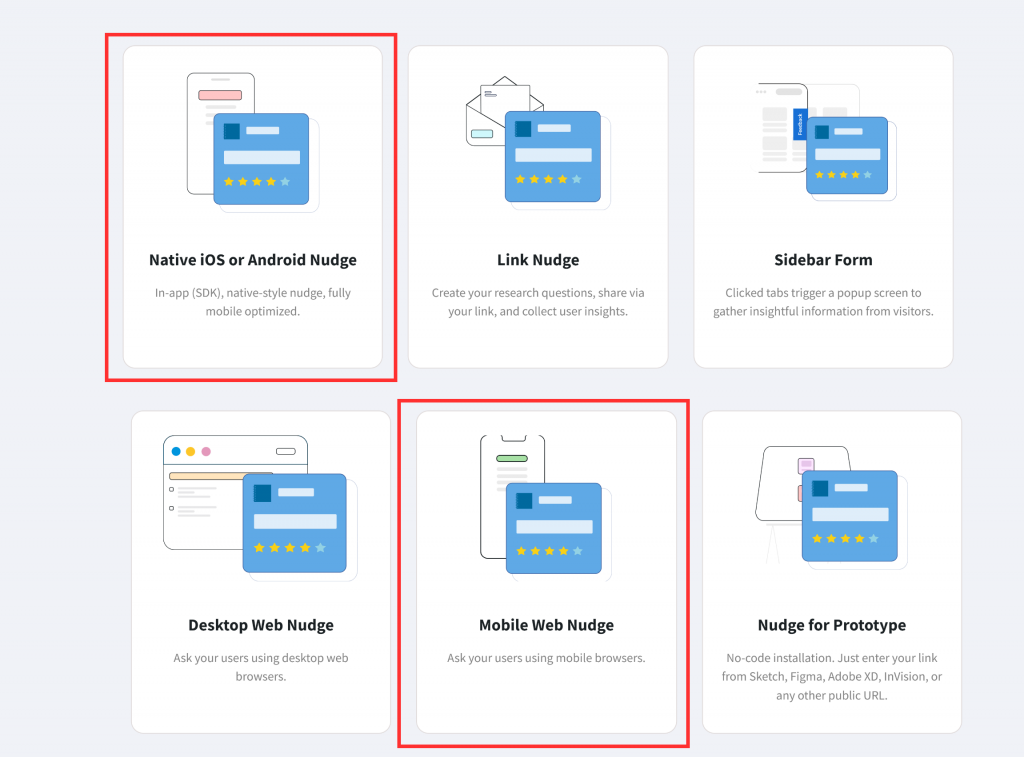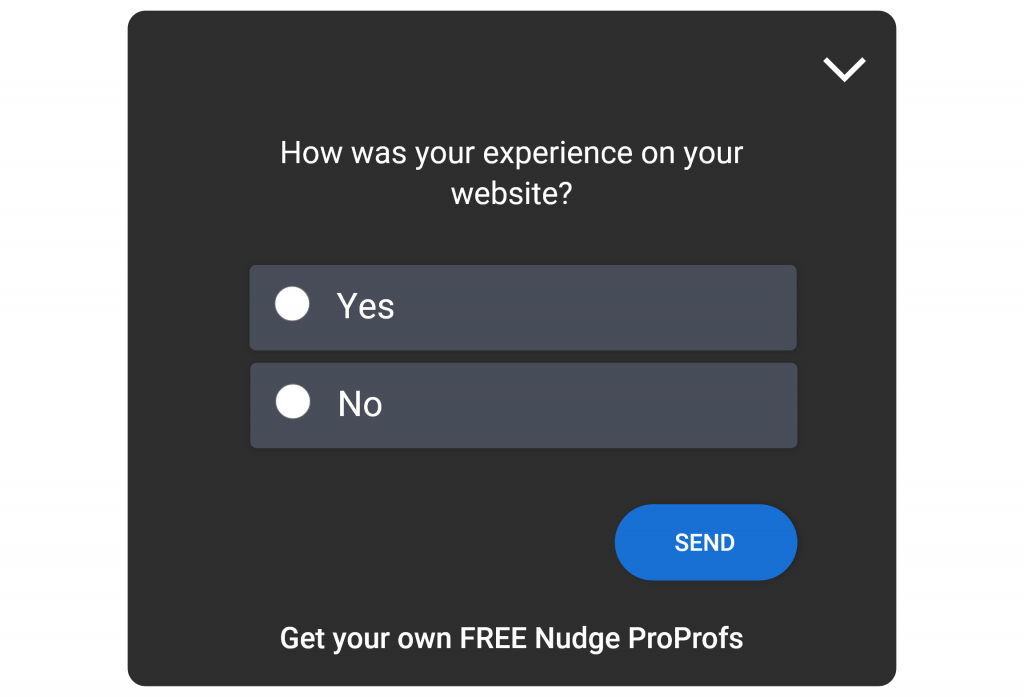Ever filled out a quick survey on your phone or scribbled feedback on a napkin at your favorite café?
That’s the power of surveys in action—snappy tools that capture your thoughts at that moment.
Today, surveys have evolved far beyond the paper form, adapting to our digital lives. From a swift SMS post-purchase to an interactive kiosk at an event, each method offers a unique window into our experiences.
Let’s dive into the dynamic world of surveys, where every click, tap, and text helps shape better services and products.
What Are Survey Research Methods Anyway?
At its core, a survey method is a systematic approach to collecting data from a predefined group of respondents. This data is used to gain insights, make decisions, or measure opinions on various topics.
The beauty of surveys lies in their versatility—they can be adapted to online formats, face-to-face interactions, or even the good old paper-and-pencil approach.
Choosing the right survey method depends on a few key factors:
- who your target audience is,
- how much money you’re willing to spend,
- the timeframe you’re working within,
- and what you hope to achieve with the data.
Types of Survey Methods
In the realm of data collection, choosing the right survey method is akin to selecting the perfect tool for a job. Each method has its own set of strengths and weaknesses, tailored to specific research needs.
Let’s delve deeper into each type, armed with examples to highlight their practical applications.
1. Online Surveys: Digital Data Collection for Broad Reach and Efficiency
Online surveys have become the go-to method in the digital age, offering unparalleled convenience and reach. With free and easy-to-use tools like Qualaroo, you can embed surveys on your website, in your software product, or in a prototype as well.
It allows you to cast a wider net for the respondents and target a diverse audience for nuanced and inclusive insights.
Not only can you automate your research through timely surveys, but you can also set advanced triggers that target a specific customer segment based on factors like browsing source, purchase history, online behavior, and more.
With Qualaroo’s pop-up NudgesTM, you can collect contextual insights and check customers’ pulse, among many other customer satisfaction metrics.
For instance, an ecommerce company might use an online survey on its website to gauge consumer preferences for a new product line.
2. Mobile Surveys: Quick Feedback via Smartphones for Immediate Insights
The ubiquity of smartphones has given rise to mobile surveys, which are designed to be easily accessible on mobile devices.
You can embed in-app surveys on your mobile apps or use Qualaroo to create mobile web surveys to offer a seamless survey experience to the participants on their devices.

Retail companies, for example, might send a quick survey link via SMS to customers after a purchase to rate their shopping experience. Mobile surveys are excellent for capturing real-time feedback and are particularly effective in engaging younger demographics.
However, the design must be mobile-friendly, keeping questions short and straightforward to accommodate the smaller screen sizes and the typically shorter attention spans of users on the go.
Read in detail: Mobile App Survey: A Complete Guide
3. Email Surveys: Personalized Questionnaires Delivered Directly to Inboxes
Email surveys are a widely used method where survey and survey invitations are sent directly to participants’ inboxes.
This method is highly cost-effective and allows for easy distribution to a large number of people in a short time. As a part of Qualaroo, ProProfs Survey Maker allows you to embed surveys into your emails, allowing participants to take the survey right when they open their email.
For example, a customer satisfaction survey might be emailed to customers after they’ve made a purchase, asking for feedback on their shopping experience.
Bonus read: Follow-Up Survey Email: How to Get More Responses in 2024
4. SMS Surveys: Instant Surveys Through Text Messages for Concise Responses
SMS surveys involve sending short survey questions directly to participants’ mobile phones via text message.

This method is excellent for reaching people on the go and is particularly effective for concise surveys with a limited number of questions.
An example might be a quick poll asking event attendees to rate their experience right after an event, maximizing the timeliness and relevance of the feedback.
However, the main limitations include the need to keep surveys extremely brief due to character limits and potential costs to respondents, depending on their mobile plans.
Pro Tip:
You can leverage Qualaroo’s Link NudgesTM to track employee experience, conduct performance evaluation and exit interviews, and more.
Also read: 10 Best Employee Survey Tools to Boost Engagement in 2024
5. Telephone Surveys: Interactive Voice-Based Surveys for Detailed Feedback
Telephone surveys hark back to a time when the personal touch of a voice conversation was the primary mode of distance communication. Despite declining in popularity due to caller ID and privacy concerns, they’re still valuable in specific contexts.
For example, political polling organizations frequently use telephone surveys to gather opinions on candidates and issues, leveraging the ability to probe deeper into responses or clarify questions as needed.
The direct interaction can yield richer data, but researchers must contend with increasing refusal rates and the costs associated with staffing call centers.
6. Face-to-Face Interviews: Personal Interviews for Nuanced Understanding
Face-to-face interviews offer a depth of insight unmatched by other methods, allowing for the observation of non-verbal cues and the flexibility to adapt questions on the fly.
This method is particularly effective for sensitive topics or complex issues where understanding nuances is crucial.
An example would be a sociologist conducting in-depth interviews with participants to explore the impact of social media on mental health.
The major drawback is the logistical challenge and expense of conducting interviews, especially when the target population is geographically dispersed.
7. Cross-Sectional & Longitudinal Surveys: Snapshot Vs. Over-Time Analysis for Trend Observation
Cross-sectional surveys provide a snapshot of a particular moment, offering a broad overview of attitudes, opinions, or behaviors at a specific point in time.
For instance, a health organization might conduct a cross-sectional survey to assess smoking rates within a community. In contrast, longitudinal surveys track changes over time, offering insights into trends and causation.
An educational institution might use a longitudinal survey to follow a cohort of students throughout their academic career to study the impact of certain teaching methods on long-term success.
While cross-sectional surveys are relatively straightforward and cost-effective, longitudinal studies require a long-term commitment and can be more complex and costly due to their extended nature.
8. Panel Surveys: Consistent Feedback From the Same Group Over Various Topics
Panel surveys involve repeatedly surveying the same group of respondents over time, but unlike longitudinal surveys, they might focus on various topics at each wave.
This method is valuable for understanding changes within a population and how attitudes shift in response to events or interventions.
A media company, for instance, might maintain a panel of viewers to gauge reactions to different television programming over time. Panel surveys offer rich insights but require maintaining engagement with the panel members to minimize dropouts.
9. Kiosk Surveys: On-Location Digital Surveys for Immediate Feedback
Kiosk surveys are conducted on digital devices such as tablets or touch-screen stands located in physical locations where the target audience is present.
For instance, a retail store might set up a kiosk near the exit where customers can quickly rate their shopping experience or provide feedback on the service received.
One of the key advantages of kiosk surveys is the ability to capture real-time feedback while the experience is fresh in the respondents’ minds, leading to more accurate and actionable insights. Kiosk surveys can be highly engaging and visually appealing, encouraging participation.
However, challenges include the initial investment in hardware and software, potential issues with privacy and data security, and the need for regular maintenance of the physical setup.
Choosing the Right Path in Survey Research
Survey methods are essential tools in our quest for knowledge, offering a range of techniques to gather valuable insights. From quick SMS surveys to in-depth interviews, each method has its place, tailored to specific research needs and contexts.
As we conclude our exploration, remember that the strength of your findings lies in choosing the right survey approach.
So, whether you’re assessing customer satisfaction or exploring new trends, the right survey method and survey software can provide the clarity and direction needed to inform decisions and drive change.
FREE. All Features. FOREVER!
Try our Forever FREE account with all premium features!

 We'd love your feedback!
We'd love your feedback! Thanks for your feedback!
Thanks for your feedback!




